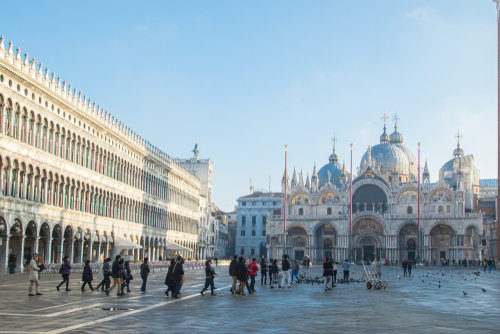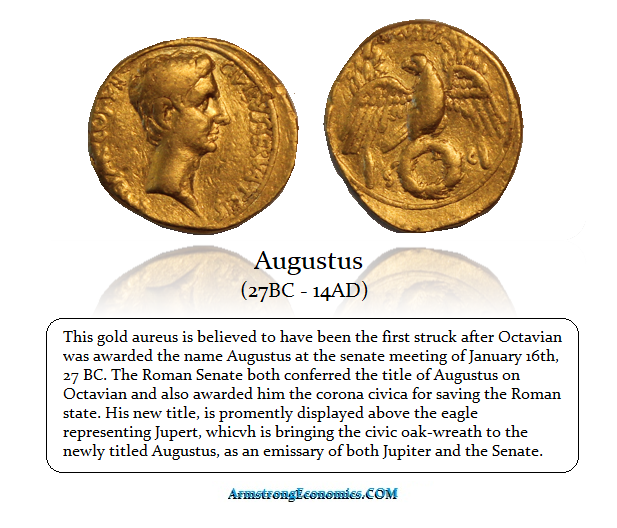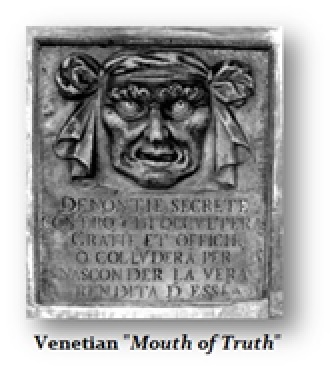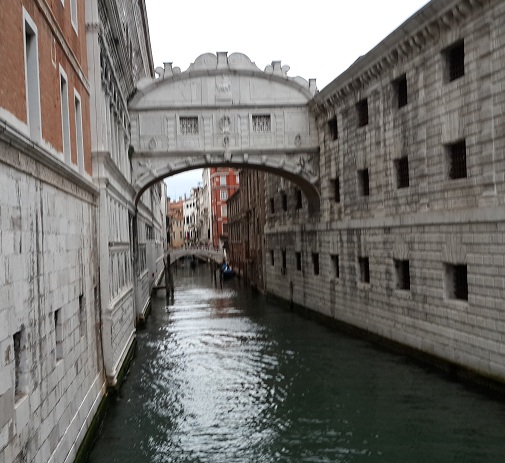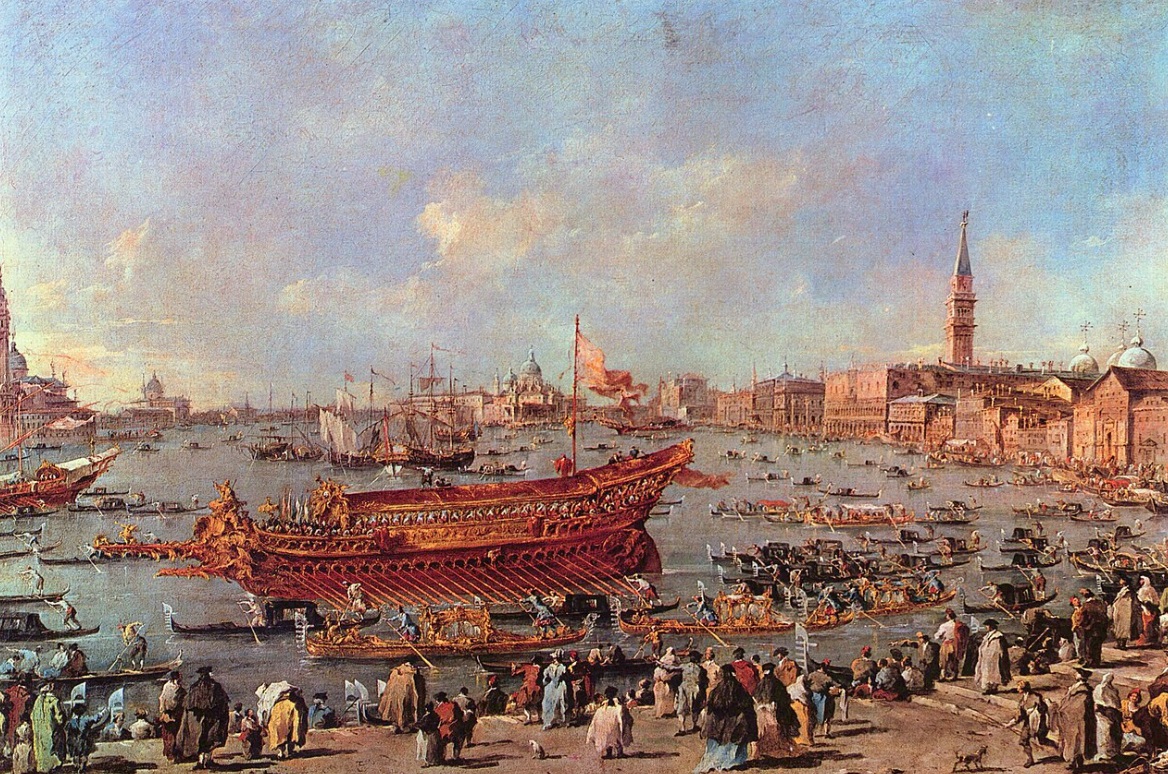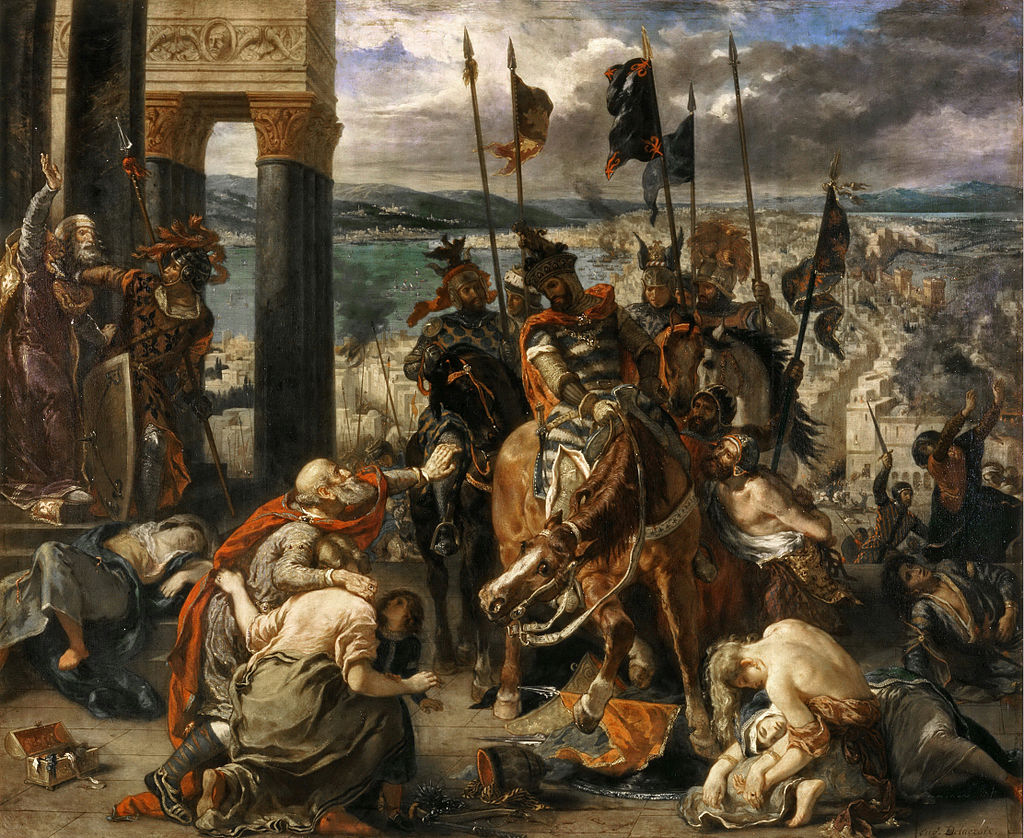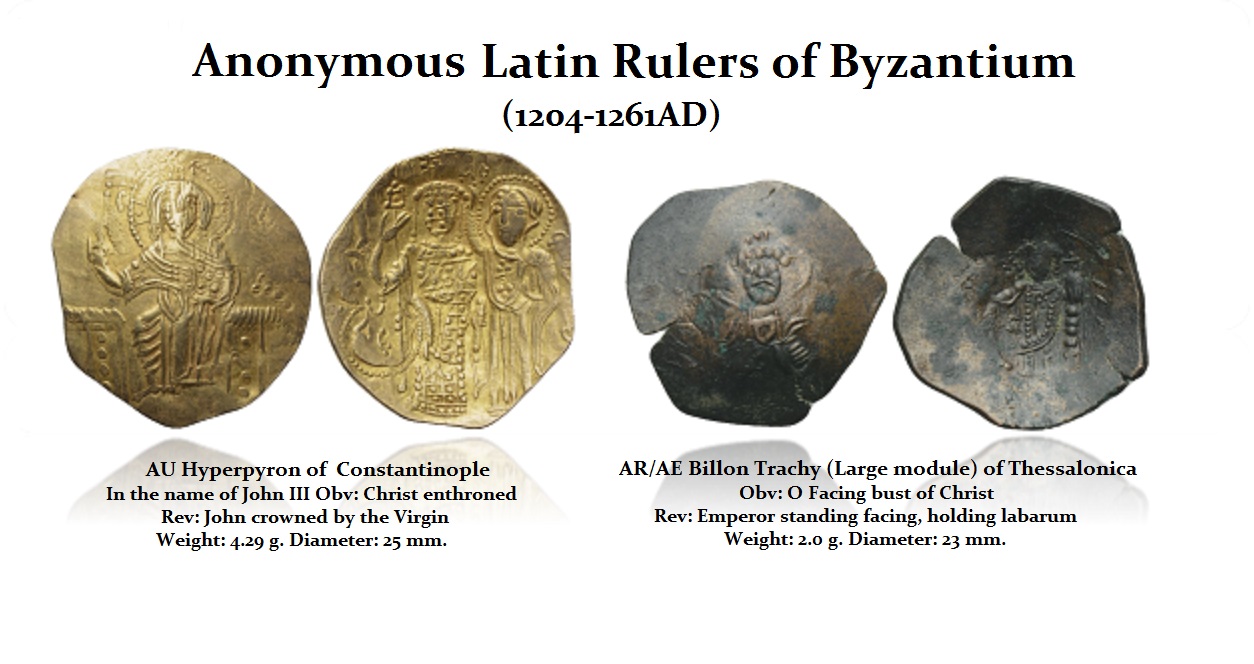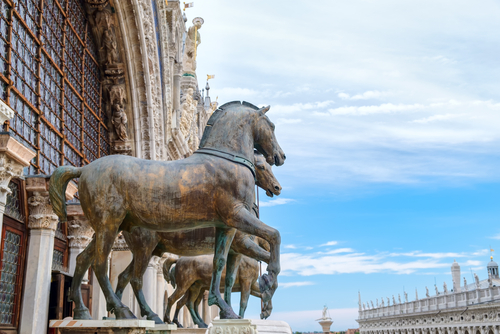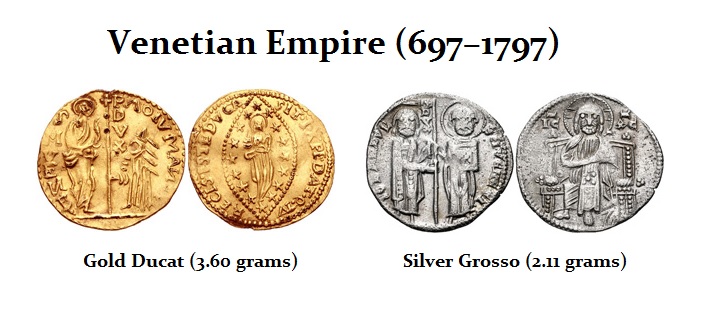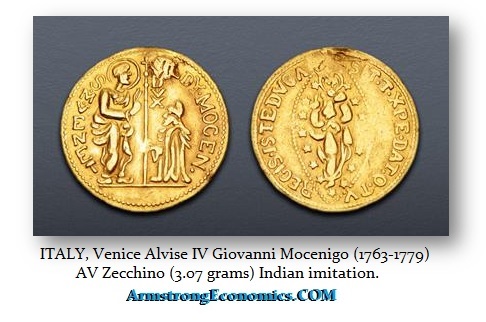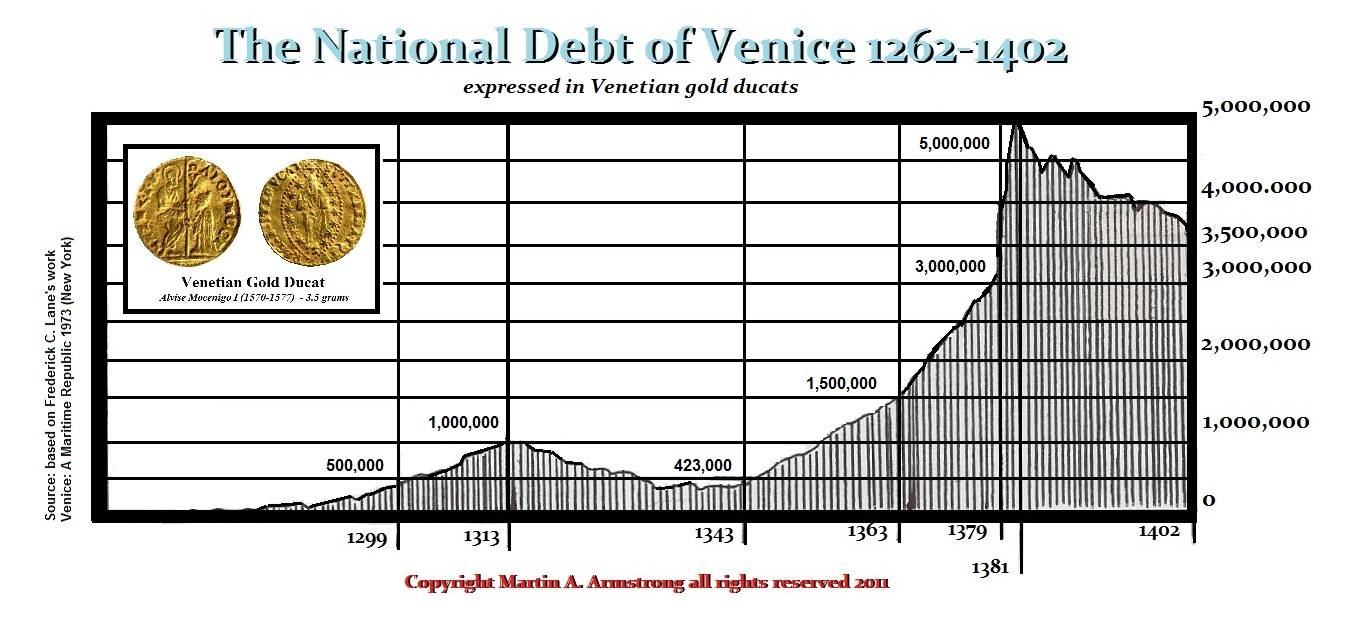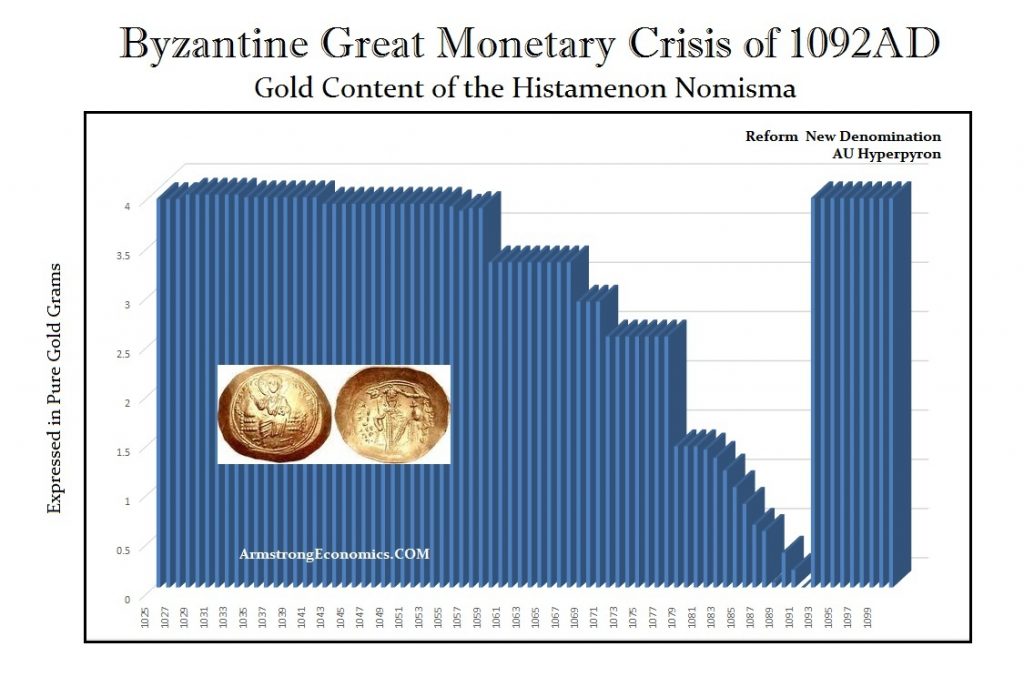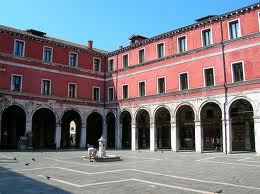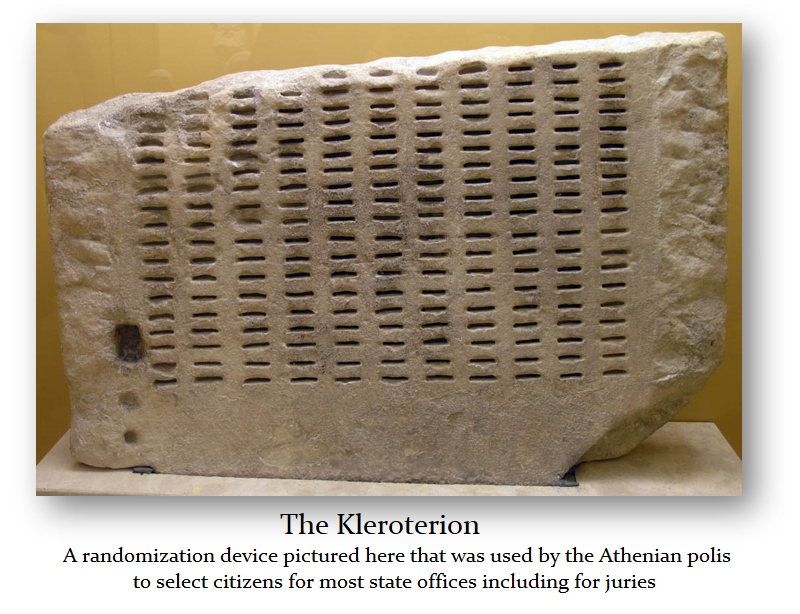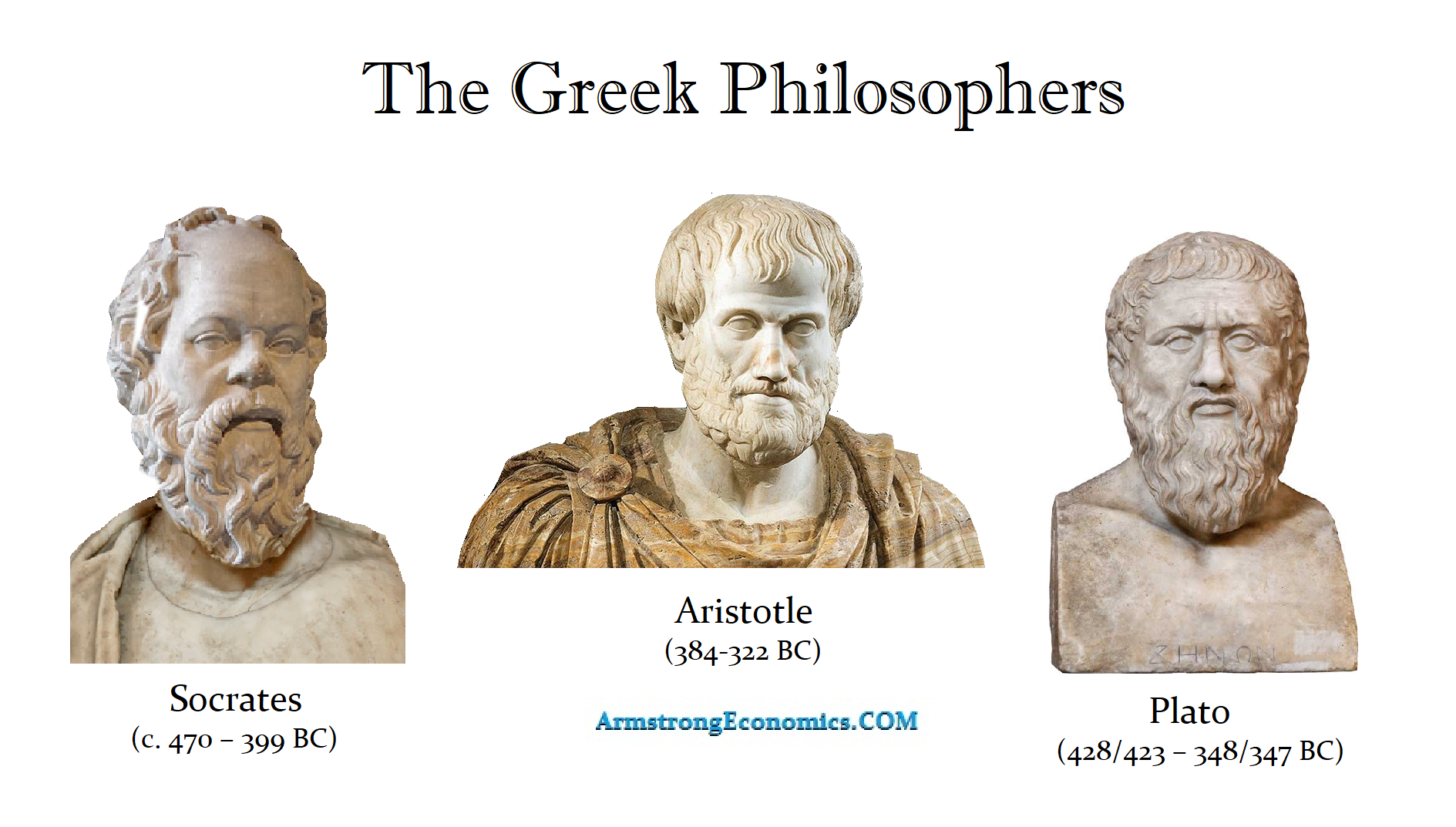Venice – The Longest Republic but it hard its Dark Side
COMMENT: Marty,
Hope you’re doing well.
I just returned from a trip to Venice, Italy, and a local tour guide informed me of the following about the Venetian Republic, some of which is similar and some of which is slightly different than what you’ve mentioned in the past:
1. it was the longest-lasting republic in the history of the world, lasting about 1100 years, abolished only by Napoleon’s threat, to whom it surrendered
2. its longevity was attributed to its ability to keep corruption in check, which it did by several methods: its senators were given one term, and were chosen by randomly drawing names out of a bowl, which contained the names of all the eligible citizens of Venice; in summary, about 200 of those randomly drawn names were chosen to be in a pool of candidates, of which only about 50 of those were chosen to be senators for that term, based on a selection interview.
3. the Venetian mouth, which you have represented in the past, was only used to submit names of people who were committing crimes against the republic, and any accusation had to be signed by two witnesses; if the accusation was false, then the accusers would/could be put to death.
I found #2 above particularly interesting, as it would be akin to the US randomly selecting names out of a phone book to be representatives or senators. . .
Take care,
L
REPLY: Yes, there has always been a rivalry as to the longest-lasting Republic claimed by Venice. That is true only because Rome from 750 BC to 476AD went through being ruled at first by kings, then a republic in 509 BC, and Imperial Rome began eclectically with Augustud being granted that title in 27 BC.
The Mouth of Truth began with anonymous tips, which were obviously abused and eventually reformed. Venice had its corruption. The Doge was for life, not one year. After he died, his estate was seized and investigated, and any uncovered corruption saw whatever assets were given to the Treasury.
I’m sure you also saw the famous “Bridge of Sighs” because once convicted of any crime, you crossed that bridge and went directly from the court to the prison or from their dungeon (from the torture room) to the court. Venice did not turn the other cheek.
What he did not tell you is that Venice was a quasi-fascist State insofar as the entire fleet was owned by the government, but there was some private ownership.
I’m unsure if he also told you that the Venetians were notorious pirates. Venice engaged in trade beginning from the late 8th Century, but this was the slave trade. During this very early period, Venice was engaged in the selling of slaves to the Arabs from the Carolingian-Sclaveian wars. The name of the “Slavic” people means servitude or slave. In the pactum Lotharii of 840AD between Venice and the Carolingian Empire, Venice was finally forced to reform and promised not to buy Christian slaves in the Empire and not to sell Christian slaves to Muslims.
Venice was also at the head of the Fourth Crusade, but instead of going after the Muslims, they laid siege to and conquered Byzantium. This is a painting of the “Latin Rulers” conquering Byzantium.
The Venetians even issued Their versions of Byzantine coins between 1204 and 1261AD.
Enrico Dandolo (c. 1107–1205) was the Doge of Venice from 1192 until his death. He is remembered for his corruption and shrewdness. He is the Doge who killed Christians in the Sack of Constantinople. Dandolo died in 1205 in Constantinople and was buried at the Hagia Sophia, which today is the Blue Mosque.
You probably visited the Cathedral in St Mark’s Square. The Venetians stole St Mark’s body from Egypt, and the four horses you see stood on a chariot of Constantine the Great in Constantinople. They also liberated them.
Nevertheless, Venice became a powerful maritime power. Thanks to its bankers, its coinage became the dominant coinage and was only eclipsed by Florence. The fact that its coinage was recognized in international trade is much like today’s US dollar. It is confirmed that by India, after imitating Roman coins for hundreds of years, imitated Venetian gold ducats as well.
We have an extensive database, and the debt crisis of Venice, which nobody seems to want to talk about, is included within it. The Venetian gold ducat, meaning the Duke’s coin, was probably the most famous, thanks to the commercial and maritime power of the Venetian Republic. However, before 1284, Venice used the coinage of Byzantium in trade – namely the Byzantine gold hyperpyra. The Venetians imported goods from the East and sold them at a profit north of the Alps.
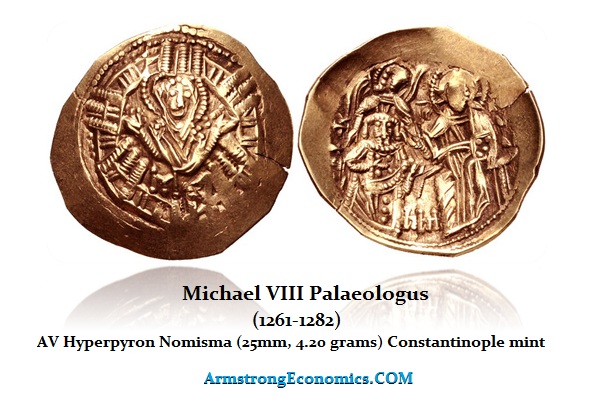
Byzantine emperor Michael VIII Palaiologos (1261-1282) backed the revolt of the Sicilian Vespers in 1282, and the cost of that war forced him to debase the hyperpyron. This was just one more in a series of debasements, and the Great Council of Venice responded with its own coin of pure gold in 1284, abandoning using the coins of Byzantium. The practice of debasement has preceded him, for there was the Great Monetary Crisis of 1092.
The major debasement of the Byzantine coinage had begun under Constantine IX Monomachos (1042-1055), with the purity of the gold coinage falling from 24 carats to 18 carats during his reign. In 1041, the year before he came to the throne, the Histamenon Nomisma had a weight of about 3.96 grams with a gold content of about 90%. The very first year in 1042, the gold content was reduced to 87.5%. Constantine IX did not take his responsibilities as Emperor very seriously. He seems to have assumed that the wealth of the nation was his to spend as he desired. He squandered money profoundly and this appears to have been the initial reason for the beginning of the debasement. The gold nomisma fell to 87%.
Minted in Venice from 1284 onwards, the Ducat competed with the florin, the reference currency of Florence, minted since 1252, which until then had dominated financial exchanges in Europe. It weighed 3,545 grams and was 98.6% fine gold, a very high purity for the time.
We saw banking start to rise in Northern Italy, especially during the 13th century. In 1282, the Republic of Venice organized most public finance activities under its Grain Office, which subsequently did a banking business on behalf of the government. It was the start of what we might call a Treasury today. It accepted time deposits from wealthy citizens as well as foreigners. Like the US Treasury, the Grain Office advanced loans to government departments and private enterprises. It was not until 1587 that Venice established a public bank on the Rialto. It would take until 1619 before it created a public Giro Bank, where funds were paid between accounts. That is what Giro means. I can write you a check, and we both have accounts at the same bank. Venice was too attached to trade, and the government sought to monopolize it. Venice clearly did not rival Genoa or Florence in capital management matters because it was essentially a quasi-fascist state where the government sought to engage in trade business, and thus, entrepreneurship was lacking. Interestingly, the city of Venice won an exclusion from the Sin of Usury and was allowed to trade with the Arabs, including the slave trade.
Venice was not a Papal State, and it often opposed the Vatican. Venice, Tuscany, and Modena formed an antipapal league to protect Parma, and France intervened. Peace was concluded in Venice on March 31st, 1644, and Pope Urban died soon afterward.
So, while Venice is the longest Republic, the practice of one term of office and out was prevalent in Northern Italy with republics in general. As far as the random selection of a representative, this was taken from Athens. Here is a Kleroterion where names would be selected at random to be a representative in government and even to serve on a jury.
This is actually the root of why the three major Athenian philosophers were anti-democratic. The real objection was that these people were selected randomly and lacked experience, intellect, or any skill to be in charge of anything, no less the welfare of the people.
